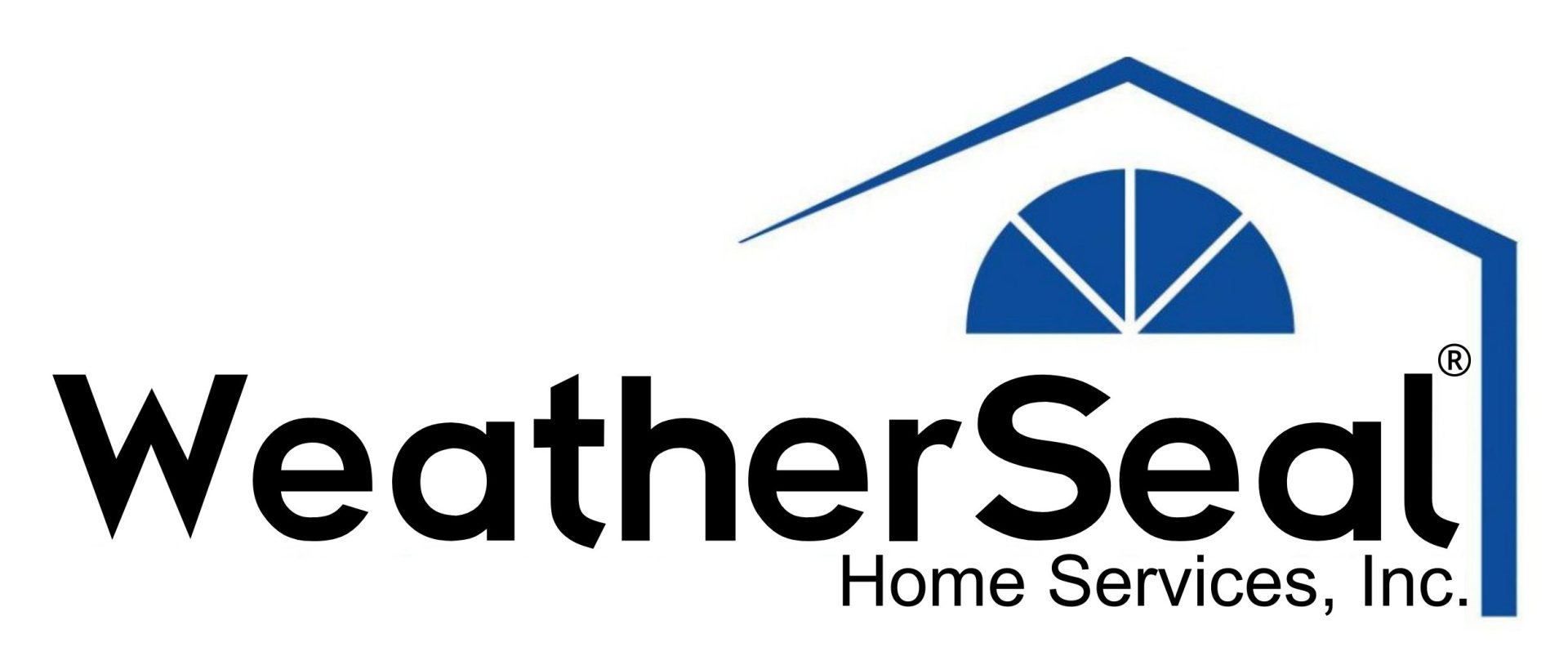
The Cold You Can Feel… Even When the Heat Is On
It’s early November. The last of the leaves are down, the clocks have changed, and the first real snow is right around the corner. Your furnace has been kicking on regularly, but you still find yourself reaching for a sweater indoors. You walk past a certain window and feel a “wall of cold” even though it’s locked.
If your house still feels chilly and damp, the problem might not be your furnace. It might be that your windows have failed their “winter failure” test. Old windows don’t just create drafts; they fail in four separate ways that cost you money, comfort, and peace of mind.
Sign 1: The “Refrigerator” Effect Radiant Heat Loss
Explainanation: This has nothing to do with drafts. It’s about the glass itself. A single-pane or old, failed double-pane window gets almost as cold as the air outside. Just like a cold drink can, this icy-cold glass surface actively sucks the warmth out of the air in your room (and out of you!).
The Test: On the next cold night, stand a foot away from your window. Do you feel a “wall of cold” radiating onto your face? That’s radiant heat loss, and your furnace is running constantly to fight it.
The Problem: You’re paying to heat your home, only to have your windows act like cold radiators, making the room uncomfortable and your furnace overworked.
Sign 2: The “Indoor Rain” Condensation & Mold
Explainanation: You wake up on the first frigid morning and see it: water “crying” on the inside of your windows, or even a layer of frost. This is condensation. It happens when your warm, humid indoor air (from breathing, cooking, and showering) hits that ice-cold window glass.
The Test: Look at your window sills. Do you see water pooling? Are there black or dark green specks in the corners or on the wood trim?
The Problem: This isn’t just “fog.” That water rots your wooden sills, peels your paint, and creates a perfect breeding ground for unhealthy black mold. This is a structural and health issue.
Sign 3: The “Rattle & Howl” Structural & Seal Failure
Explainanation: As the first windy, “lake effect” gusts of the season hit, your house shouldn’t sound like a haunted house. Old windows, especially wood or builder-grade vinyl, lose their structural integrity. The sashes become loose in the frames.
The Test: When the wind blows, do your windows rattle? Can you hear a high-pitched “whistle” or “howl” coming from the edges?
The Problem: This isn’t just an annoying sound. It’s a sign that your window is no longer square or secure. The seals are broken, and those gaps are allowing wind and moisture to be driven directly into your home and wall cavities.
Sign 4: The “Locked, But Not Sealed” Operational Failure
Explainanation: You’ve pushed your window shut and turned the lock. You think it’s sealed. But on old windows, the locking hardware is often flimsy, and the original weatherstripping seals are as flat and hard as plastic.
The Test: Lock your window. Now, can you still jiggle the sash back and forth? Does the lock feel loose? Can you still feel a tiny, persistent draft with your hand?
The Problem: The lock is just a latch; it’s not pulling the window tight to create an airtight seal. It’s “closed” but not “sealed,” and it’s leaking expensive warm air 24/7.
You Can’t Fix a Failed System with Foam Tape
You can spend every fall putting up plastic film and re-caulking gaps, but you can’t fix a window that has fundamentally failed. You’re just putting a band-aid on a broken system.
A “Weatherseal” solution isn’t just about sealing drafts; it’s about upgrading the parts of your home that are failing. Modern, energy-efficient windows solve all four of these problems at once, creating a comfortable, quiet, and healthy home. If your windows failed this test, it’s time to stop seasonal fixes and look at a permanent solution.








